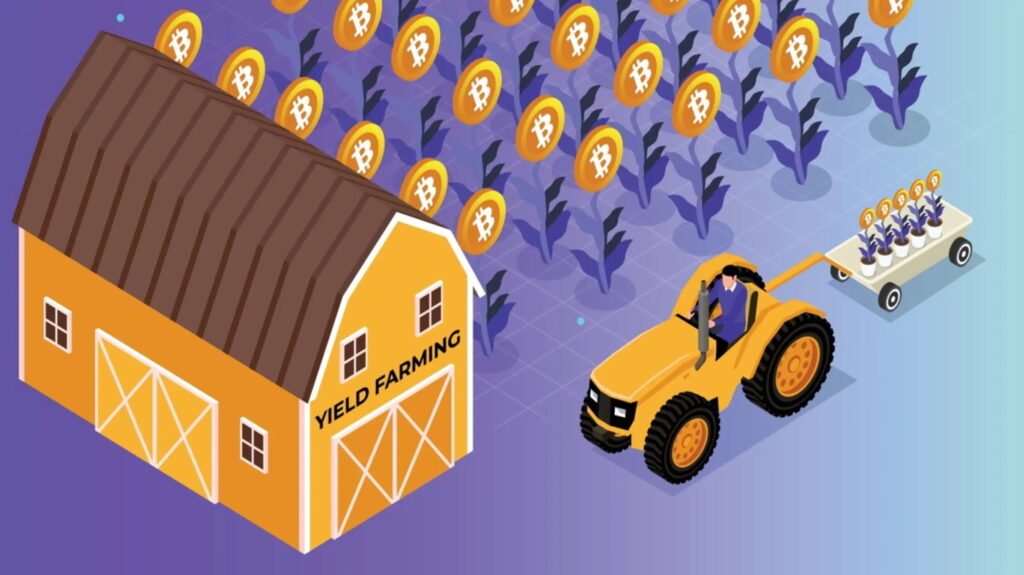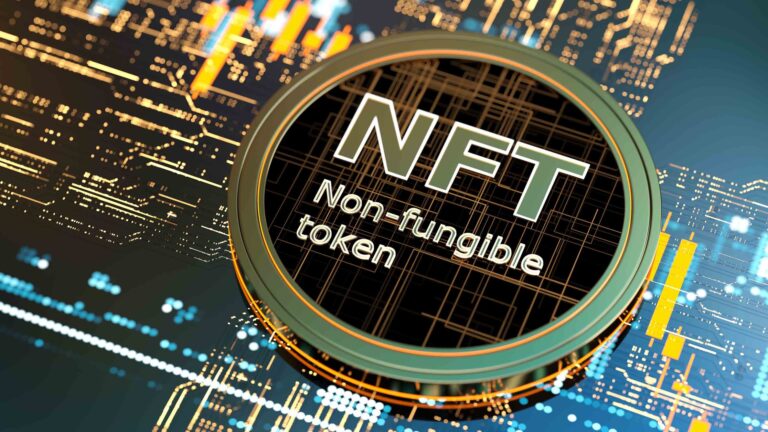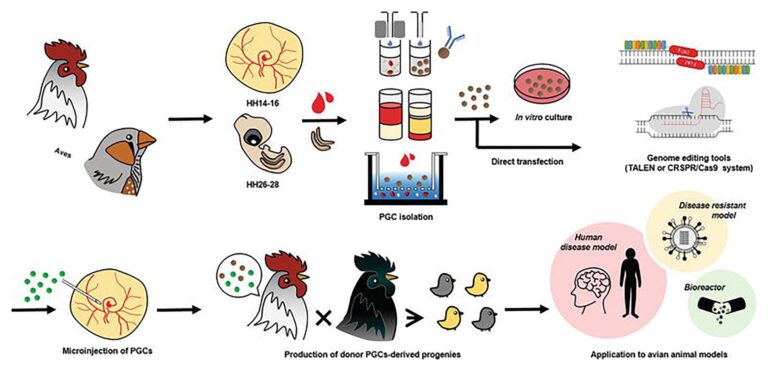In the ever-evolving decentralized finance (DeFi) landscape, two concepts have emerged as cornerstones of this innovative ecosystem: Yield Farming and Liquidity Mining. These strategies have not only captured the attention of crypto enthusiasts but have also become pivotal in reshaping the financial industry. This comprehensive guide delves deep into Yield Farming and Liquidity Mining, unraveling their intricacies, benefits, and broader impact on the DeFi space.
Yield Farming: A Lucrative Opportunity
Yield Farming, often called liquidity farming, is a groundbreaking practice within the DeFi realm that allows cryptocurrency holders to earn passive income by providing liquidity to various DeFi protocols. The concept revolves around depositing funds into liquidity pools, which are then utilized to facilitate transactions and trading activities on decentralized exchanges. In return for their contribution, liquidity providers (LPs) are rewarded with a portion of the transaction fees and, in some cases, additional tokens offered by the protocol.
How Yield Farming Works
Yield Farming operates on the principles of supply and demand. Users who provide liquidity to a specific DeFi platform enable seamless token swaps and trading. This, in turn, aids in reducing slippage and enhancing overall trading efficiency. The fees generated through these transactions are proportionally distributed among the liquidity providers, allowing them to accrue a steady income stream over time.
Maximizing Yield: Strategies and Risks
To maximize their earnings, yield farmers often employ various strategies. One common approach is “yield optimization,” wherein LPs continuously shift their funds between different protocols to capitalize on the highest available yields. However, while yield farming presents lucrative opportunities, it’s essential to acknowledge the associated risks. Impermanent loss, smart contract vulnerabilities, and market fluctuations can impact the overall returns for liquidity providers.
Liquidity Mining: Empowering the DeFi Community
Liquidity Mining takes a different approach to incentivizing participation in the DeFi ecosystem. Instead of solely relying on transaction fees, Liquidity Mining distributes native tokens as rewards to users who provide liquidity to specific pools. This encourages active engagement and promotes the growth of nascent DeFi projects.

The Mechanics of Liquidity Mining
In Liquidity Mining, users contribute their assets to liquidity pools, enabling the efficient functioning of decentralized exchanges. In return, they receive a portion of the project’s tokens, directly proportional to their contribution. This dual-benefit mechanism amplifies users’ holdings and bolsters the platform’s liquidity.
Assessing Risks and Rewards
While Liquidity Mining offers an enticing opportunity to earn rewards, participants must be mindful of the risks involved. The volatile nature of cryptocurrency markets and potential impermanent loss underscores the importance of thorough research and risk management before embarking on a liquidity mining journey.
The Broader Implications
The emergence of Yield Farming and Liquidity Mining has ushered in a new era of decentralized finance, democratizing access to financial services and reshaping traditional concepts of investment and lending. These practices have facilitated efficient capital allocation and paved the way for the development of innovative financial instruments and protocols.
Conclusion
As the DeFi landscape continues to expand, Yield Farming and Liquidity Mining stand as a testament to the transformative power of blockchain technology. These practices have revolutionized the way we think about investment and empowered individuals to actively participate in shaping the future of finance. However, it’s crucial to approach these opportunities with a clear understanding of the risks and rewards, ensuring a well-informed and strategic approach to participation.
























+ There are no comments
Add yours